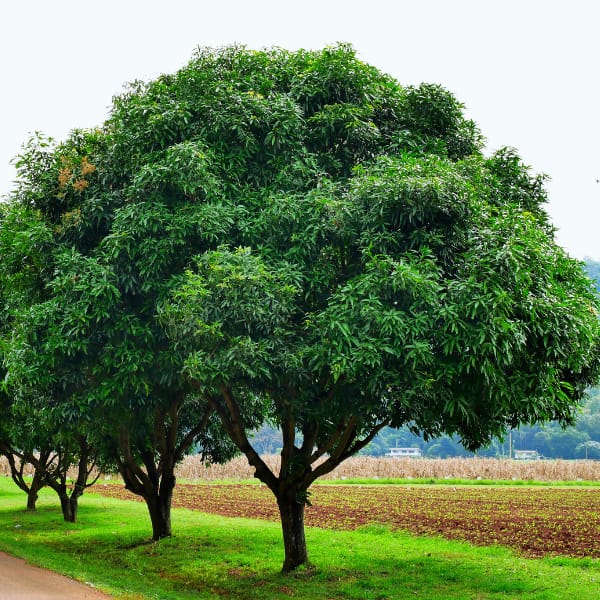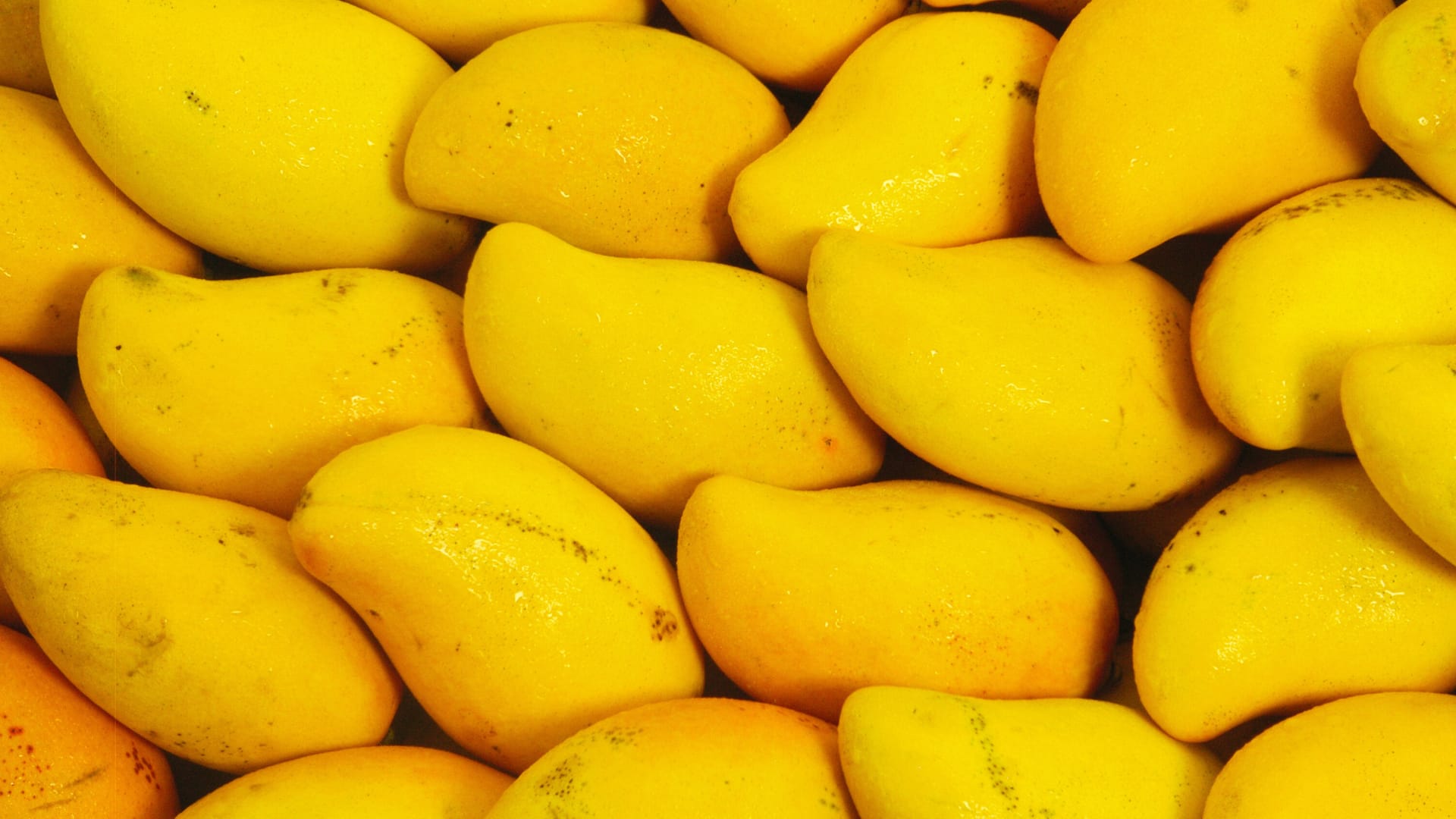Mango Tree Care
The mango is one of the most important tropical fruits in the world. The fruits grow on large evergreen trees from ten to one hundred feet tall. In Florida, mangos bloom from December to April depending on climate and variety, with fruits ripening three to four months after the bloom season. Trees will begin to bear fruit by the second to third year after planting.
(Click to open a printable PDF version of the information below.)
Planting
Mango trees require full sun and an area at least fifteen feet wide to grow into. Mangos can grow in a wide variety of soils. However, sandy or clay soils should be amended with Black Gold® soil. For an extra boost, add the appropriate amount of Espoma Organic® Bio-tone® Starter Plus. It is both a fertilizer for new roots and a source of mycorrhizal fungi and beneficial bacteria that improve soil health and create a sturdy root system.1
Watering
Do not count on a sprinkler system or rain to water your new tree. Always water in the morning. For the first month, soak thoroughly each day. For the second month, soak thoroughly every other day; for the third month, soak thoroughly twice a week; and thereafter, make sure the tree is soaked thoroughly once a week. In the hot summer months, pay attention to the tree and water more if necessary.

Fertilizer
Fertilize monthly in the first year with The Kerby’s Special fertilizer and three times per year after that (one time each in spring, summer, and fall). Do not fertilize the tree while it has flowers or fruit on it as it can affect the taste of the fruit.
Climate
All varieties of mangos are sensitive to the cold. Young trees must be protected when temperatures drop below 32˚F. Older trees can survive a few hours at 27˚F although they may lose smaller outer branches and leaves. Flowers and small fruits can be damaged if temperatures fall below 40˚F.
Fruit
Grafted trees bear in 2 – 3 years. Pick fruit when the first fruit colors. Allow fruit to ripen off the tree at 70-75˚F. A dry season before and during bloom encourages a better crop.
Pruning
If desired, prune after fruit harvest. Pruning will not harm the tree but may decrease fruit production in the following season.
Disease and Pests
A common disease of mangos in Florida is anthracnose. Anthracnose fungus attacks flowers, young fruits, leaves, and twigs. Symptoms appear as black, slightly sunken lesions of irregular shape, which gradually enlarge and cause blossom blight, leaf spotting, fruit staining, and fruit rot. Disease development is encouraged by rain or heavy dews. Preventing anthracnose is as simple as spraying monthly during the most humid months with Liquid Copper Fungicide.
Enjoy
There is nothing more rewarding than harvesting fresh fruit right from your own tree, so get your mango orchard started with a tasty variety from Kerby’s Nursery.

Anybody can sell you plants, we make sure you succeed.
